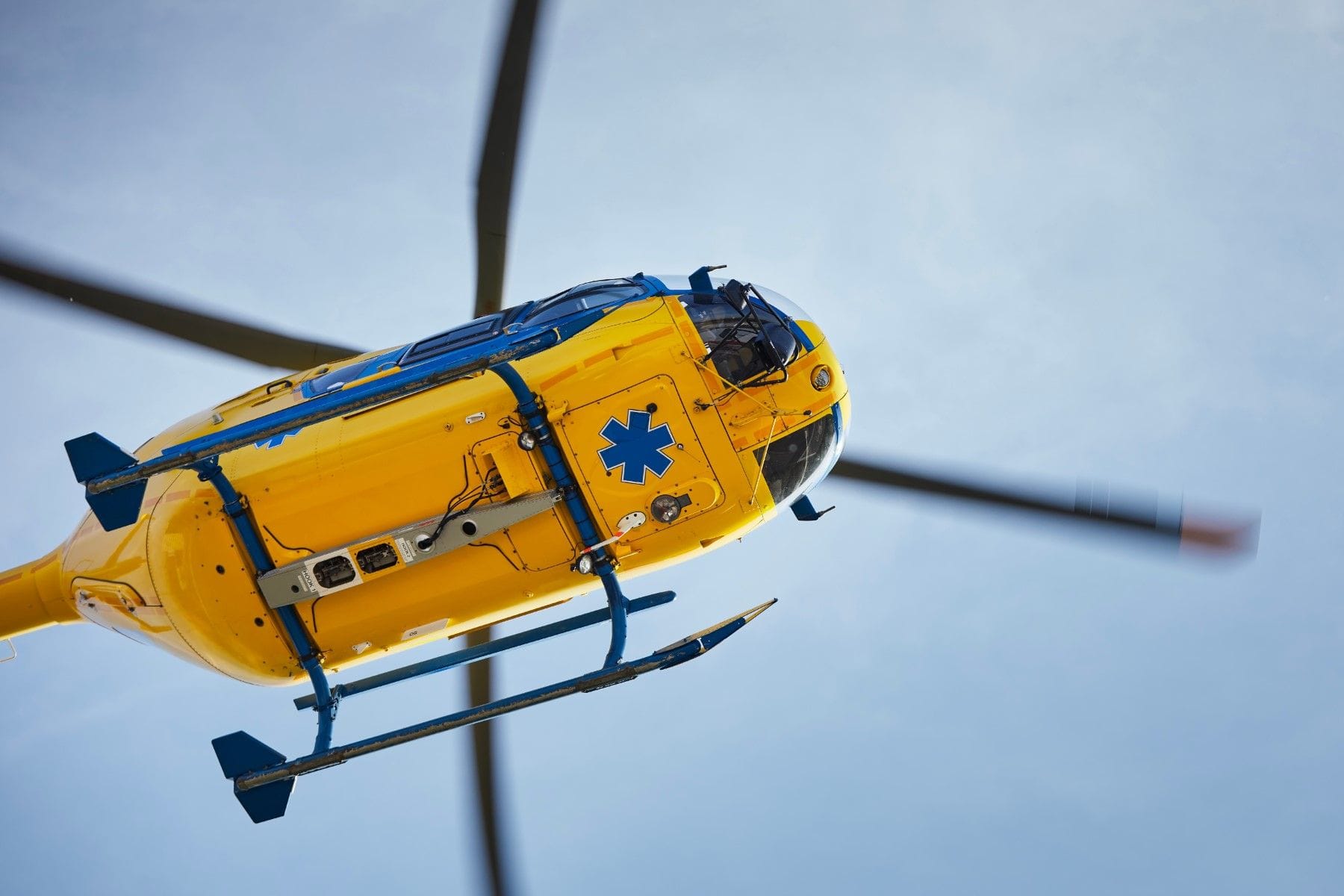$30M Settlement in Fatal Duke Life Flight Crash
A devastating engine failure sparks a years-long legal battle, ending in a rare multimillion-dollar settlement amid sealed records and unanswered questions.
Updated on
In September 2017, a Duke Life Flight helicopter crashed near Hertford, North Carolina, killing all four individuals on board. Among the deceased were flight nurse Kristopher Harrison and patient Mary Bartlett. The helicopter had taken off just minutes before the tragic accident occurred. According to filings in Durham County Superior Court, the crash resulted from an engine failure linked to oil blockage—a defect allegedly known to the engine manufacturer.
The aircraft was operated by Air Methods Corp., sold by Airbus Helicopters Inc., and powered by an engine manufactured by Safran Helicopter Engines USA Inc., a subsidiary of the French aerospace company. Following the crash, families of the victims initiated wrongful death lawsuits against the companies involved, alleging product defects and operational negligence.
The Allegations
The lawsuits centered around a critical failure in the helicopter’s engine. According to the plaintiffs, the Safran-manufactured engine contained a known issue that allowed oil to clog internal components, ultimately causing it to fail. Although Safran was initially dismissed from the litigation, the North Carolina Supreme Court reinstated the company after an appeal, emphasizing the seriousness of the technical allegations.
In addition to Safran, the lawsuits targeted Airbus Helicopters, which had sold the aircraft, and Air Methods, which was responsible for its operation. The crash also resulted in cross-litigation. The pilot, Jeffrey Burke, whose estate was named in the underlying suits, along with Air Methods, filed counterclaims against Airbus and Safran. Much of the case record, including the original complaint and cross-claims, remains sealed.
The Settlement
After nearly eight years of litigation, the families of Harrison and Bartlett reached a combined $30 million settlement with the defendants. Harrison’s estate received $21 million, while Bartlett’s family was awarded $9 million. The dismissals, filed in Durham County Superior Court, were entered with prejudice—bringing the litigation to a formal close.
“This settlement brings long-awaited closure to our clients, who have endured tremendous loss,” said the families’ attorneys in a statement to Law360.
The settlement was not only significant in financial terms but also marked a rare resolution involving three prominent aerospace companies. It underscores the complex liability questions often at play in aviation disaster cases, where operational, manufacturing, and design responsibilities intersect.
The Law Firms Involved
The Harrison and Bartlett families were represented by Robb & Robb LLC and Crabtree Carpenter PLLC. Their legal team included Gary C. Robb, Anita Porte Robb, Brittany Sanders Robb, and Guy W. Crabtree.
Air Methods Corp. and the estate of pilot Jeffrey Burke were represented by Wilson Elser Moskowitz Edelman & Dicker LLP.
Airbus Helicopters was defended by attorneys from Troutman Pepper Locke LLP and Moore & Van Allen PLLC.
Safran Helicopters was represented by Jackson Walker LLP and Baker Donelson Bearman Caldwell & Berkowitz PC.
What’s Next?
With the claims now dismissed with prejudice, further litigation in state court appears unlikely. However, the resolution of this case could inform future disputes involving helicopter safety and design accountability. The sealed docket has left many technical details undisclosed, but the financial scale of the settlement suggests that the plaintiffs’ allegations carried substantial weight.
This outcome also raises the broader issue of transparency in aviation product litigation. While the families have received compensation, the sealed nature of the proceedings may hinder the public’s understanding of how and why the crash occurred—an issue of concern given ongoing efforts to improve air medical transport safety nationwide.
As one part of the case comes to a close, the resolution adds to a growing body of high-value settlements in aviation fatalities where engine failure, manufacturer liability, and operator oversight converge in complex legal disputes.


